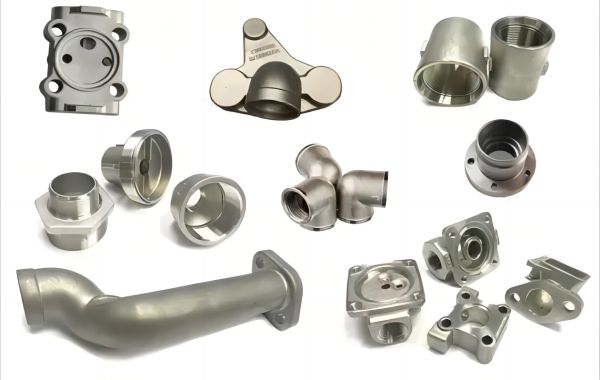The impeller design is the most important factor in determining the performance of a centrifugal pump. A properly designed impeller optimizes flow while minimizing turbulence and increasing efficiency. This article mainly introduces the types of impellers.
Centrifugal pump impellers can be divided into three basic types:
Open, semi-open, and closed impellers open the impeller. Open impellers have free blades on both sides. Open impellers are structurally weak. They are typically used in small diameter, inexpensive pumps and pumps that handle suspended solids.
Semi-open impeller. One side of the blade is free, while the other side is closed. The shroud adds mechanical strength. They also provide higher efficiency than open impellers. They can be used for medium diameter pumps and liquids containing small amounts of suspended solids. It is important that there is a small clearance between the impeller blades and the casing as recirculation and other losses are minimized.
Closed impeller. The blades sit between two discs, all in one casting. They are used in large pumps with high efficiency and low required net positive suction head. Centrifugal pumps with closed impellers are the most widely used pumps for clear liquids. They rely on tight clearance wear rings on the impeller and pump casing. Closed impellers are a more complex and expensive design due to the impeller, but require additional wear rings.
The impeller blades can be:
Backward curved blade design (negative slope of the performance curve is the preferred design)
radial blade design
Forward curved vane design (this design can cause pump surge due to positive slope conditions)
The impeller can be:
single suction. Single suction impellers allow liquid to enter the center of the blade from only one direction.
Double suction. The double suction impeller allows liquid to enter the center of the impeller blades from both sides simultaneously. This reduces the force exerted on the shaft.
Output pressure varies slightly depending on the design used. Blades can be opened or closed. Additionally, diffusers can be equipped with fixed vanes to help direct the airflow towards the outlet. The energy transferred to the liquid corresponds to the velocity of the impeller edge. The faster the impeller turns or the larger the impeller, the higher the velocity head.
In general, centrifugal pumps can be classified based on how fluid flows through the pump. It is not classified according to the impeller alone, but according to the design of the pump casing and impeller. The three flows through a centrifugal pump are:
radial flow
Mixed flow (part radial, part axial)
Axial flow (propeller type)








